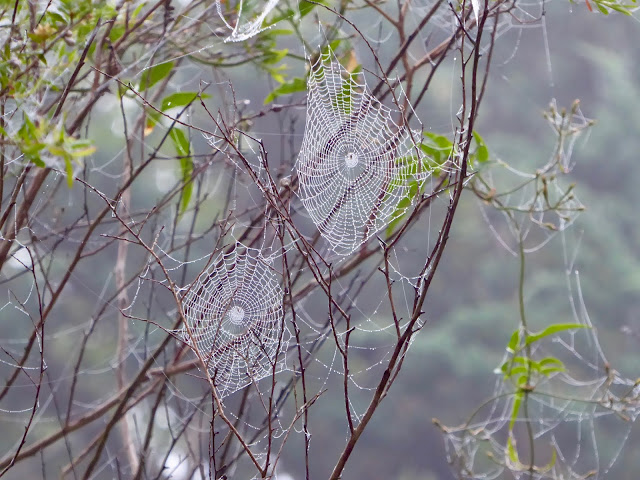The unity and coherence of the metaphysical ideas of … ancient peoples become more accessible if we are aware of the limitations of our own minds in approaching them. If earth and sky were resacralized, it might be easier for us to rediscover the ‘language’ of the goddess.
(1, my emphasis)
*
When I read it in The Myth of the Goddess the above idea about the resacralisation of earth and sky stayed with me. That, and the lunar focus of ancient cultures, is what has led me to create a number of ‘sky images’ in my art over the past two years (see Messenger of the Invisible, Rainmaker, or Our Lady of the Stars). However this has made me feel uneasy, seeing as the sky/air is so often related to mind, spirit and transcendence—and the concept of transcendence, in particular, does not sit well with me. I would much rather be making earthy, grounded images instead, but with the exception of The Broad One or Beneath the Mountain, which do peer downwards, I seem to have my head in the clouds.

As I said last year in my post about Matrix, the aim of my art is to synthesise numerous influences into symbols that have meaning for me (and hopefully others too). This synthesis is how my writing came about also—though perhaps that is how all art works and I am merely stating the obvious. Yet it seems very important, the sifting I do through what I read, the images I seek and return to, and how I then put things together to try to come to some understanding of what is, from my own perspective at the margins of things.
I am all too aware of the limitations of my own mind due to illness, and how difficult it is for me to understand these speculative concepts, let alone write about them (parts of this were written a year ago, then abandoned), but perhaps making art is how I am attempting to figure things out.
I’ve known for some time that the way I think, and even feel, about some things takes on a kind of spatial quality—illness, for instance, has a circumference—and so it makes sense that I would also explore this visually. So far this has manifested as an exploration of verticality, and the interpenetration of different worlds and substances: sky and earth / water and earth / spirit and matter / above and below.
But this constant looking skyward bothered me, until I realised that all of my sky images emphasise a distinct downward trajectory—the movement of water / rain / energy / spirit / lunar light down and into the earth.
This is, in a sense, how I am attempting to resacralise what has been disconnected and desacralised, to reconnect the sky with earth once more.
I am reminded of David Abram’s words about the atmosphere being an integral part of earth:
The air is not a random bunch of gases simply drawn to earth by the earth’s gravity, but an elixir generated by the soils, the oceans, and the numberless organisms that inhabit this world, each creature exchanging certain ingredients for others as it inhales and exhales … Perhaps we should add the letter i to our planet’s name, and call it “Eairth,” in order to remind ourselves that the “air” is entirely a part of the eairth, and the i, the I or self, is wholly immersed in that fluid element. (2)
In reading Marcia Bjornerud’s Timefulness: How Thinking Like a Geologist Can Help Save the World (2018) I have also learnt that geological processes have an effect on the atmosphere too. That the seemingly solid stony structures of the earth move and breathe in a long, slow dance with the shorter, faster dances of living beings.
The truth is that everything is connected, and everything is here.
I’m not entirely sure what this means, or how to understand it in my bones, my flesh and blood, but it’s what I wish to represent in my work.
It’s all about connection—nothing exists alone or isolated. Everything is in relationship to something else, everything else, consciously or otherwise. Matter cannot live, cannot be, without the existence and commingling of spirit, nor spirit without the embodiment of matter. A constant exchange is taking place, and spirals—a symbol found in the art of cultures all around the world—evoke that: the constant energy, movement, and process of life–death–rebirth.
To pay attention and make offerings to that process, I think that’s one of the reasons why I am making art. To be part of it, when consciously, and physically, I do not always feel part of it.
I’m on the edge of life.
Though the edge is also the frontier, where creativity and innovation takes place. The edge is where dualities interweave.
And it’s all sacred.
As Wendell Berry has written:
There are no unsacred places;
there are only sacred places
and desecrated places. (3)
References
1. Anne Baring and Jules Cashford, The Myth of the Goddess: Evolution of an Image, Arkana: London, 1991, p. 104
2. David Abram, Becoming Animal: An Earthly Cosmology, Vintage: New York, 2010, p. 101
3. From Wendell Berry’s poem ‘How to Be a Poet’































